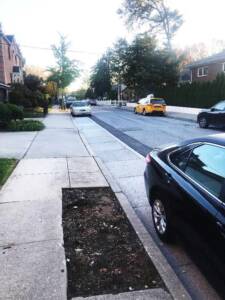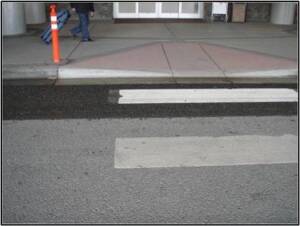Should Pervious Surfaces be Part of My Stormwater Plan?
The simple, but unhelpful, answer to this question is, “maybe.” There are multiple factors that can influence how pervious surfaces handle stormwater. Among criteria to consider are the soil beneath, the flow of water, and the traffic the surface experiences.
What type of soil substrate do you have?
The first criteria are the characteristics of the soil at your intended installation point. Installing a pervious surface above an impermeable substrate will not work. However, if your substrate is penetrable, then you can take advantage of that fact by allowing stormwater to reach the substrate.
As an example, a major East Coast City selected a sub-division to test the effectiveness of pervious surfaces in controlling stormwater outflows.
- First, they spent over a year collecting data on the amount of stormwater that was flowing out of the subdivision and entering the neighboring environmentally challenged bay
- Second, because the residential streets are crowned and relatively narrow, the city engineers opted for 4-ft wide precast pervious concrete blocks lining the edges of the streets.
- Third, after the installation of the pervious blocks, they continued to collect data on stormwater outflows from the area.
The data showed that stormwater outflows from the study area were reduced by 60%.
Based on these excellent results, the city is continuing to expand its installed base of pervious surfaces in other areas of the city.

Precast pervious concrete blocks installed on crowned street in East Coast city. The crowned conventional impervious roadway delivers the stormwater to the pervious surface for processing.
Stormwater and Solids
The stormwater issue is not just about the water itself, but what stormwater run-off carries with it. You don’t really see it because we are so used to it, but traffic bearing paved surfaces are filthy. Paved surfaces have a coating of tire residue (including copper and the tire preservative 6PPD that has been proven to decimate salmon in the Northwest), hydrocarbons from our cars, pulverized organic matter, dirt (both fine and coarse), and so on.
Just look at your local white shiny crosswalks if you want to see the amount of dirt and residue that covers our city streets. A lot of this stuff is adhered to the surface of the pavement. It is stuck. It tends to become unstuck when it rains.

Typical crosswalk, except the brighter black and white area in the rear has been pressure washed to remove adhered solids.
How Does Traditional Street Cleaning Work?
Think of the stuck cheese and dried marinara sauce on your pizza plates when you save the clean up for the morning after your party. How do you make cleaning up easier? You soak the plates in water.
Streets go through the same process. Paved surfaces become a storage area for adhered solids, heavy metals and pollutants. The conventional street sweeper, with or without vacuum or regenerative air, moves anything that is loose, including dixie cups, cigarette butts, and dust.
Much of that dust escapes into the air only to settle on nearby cars and back onto the just-swept street. All those adhered solids are still there when it rains the next time. The rainwater loosens many of these solids, and into the storm drain and out to the river or bay they go. This is not a good time for the EPA to show up at your outflow with its sampling equipment, test kit and a copy of your stormwater plan and commitments.
How Do Pervious Surfaces Work With Stormwater?
If we catch and redirect the rainwater from conventional hard surfaces into and through the pervious surface, we will also accumulate the solids and pollutants without letting them flow to the storm sewer and on to the river or bay. A pervious installation is a giant water filter, letting the water flow back to the aquifers below the surface while the pollutants are collected in the upper levels of the voids of the pavement for cleanup and disposal.
Can a Traditional Street Sweeper Clean Pervious Surfaces?
A conventional street sweeper with or without vacuum does not exert enough energy on the paved surface to break the adhered material free, nor can it apply effective amounts of energy into the pavement voids where the rain loosened solids have collected for us. Conventional sweeping will extend the original functionality of a pervious surface, but inevitably, enough solids collect to reduce and eventually eliminate stormwater percolation. A hygienically applied high pressure spray and recovery is required to finish the job and to keep pervious surfaces functioning.
Contact Triverus to set up a demonstration of how Triverus technology can recover your pervious flow rates at your location.
